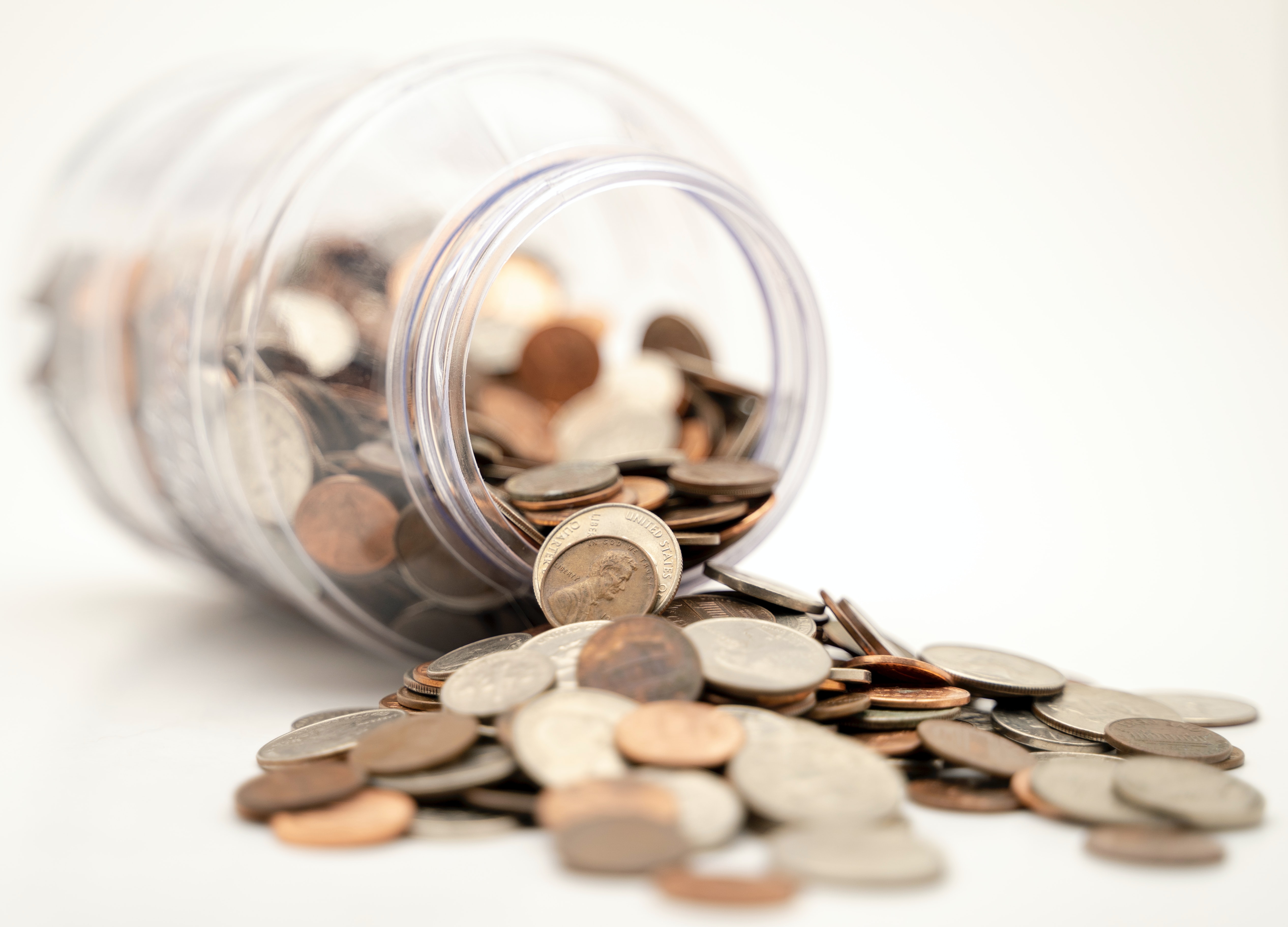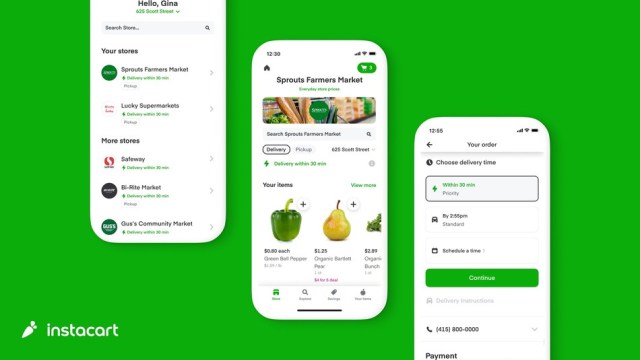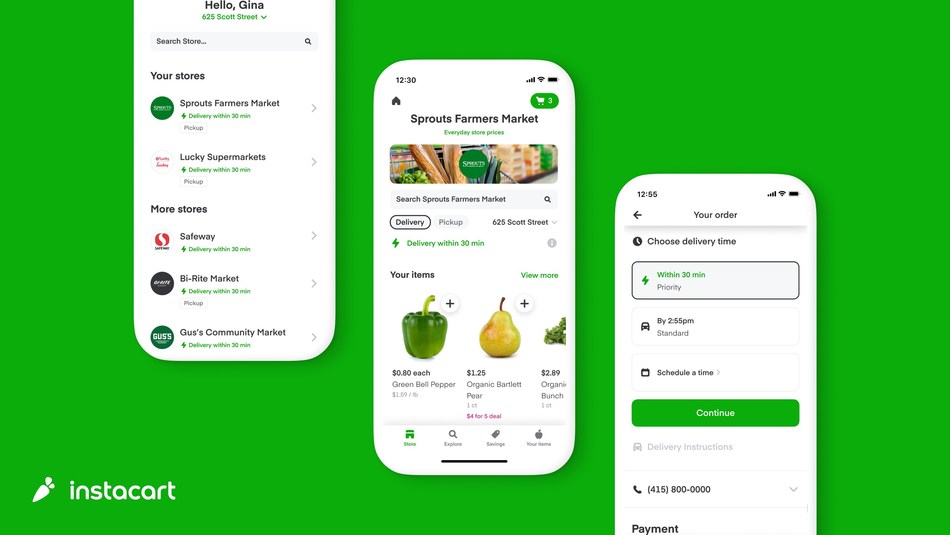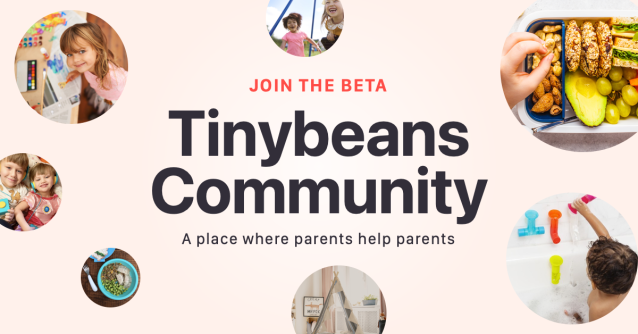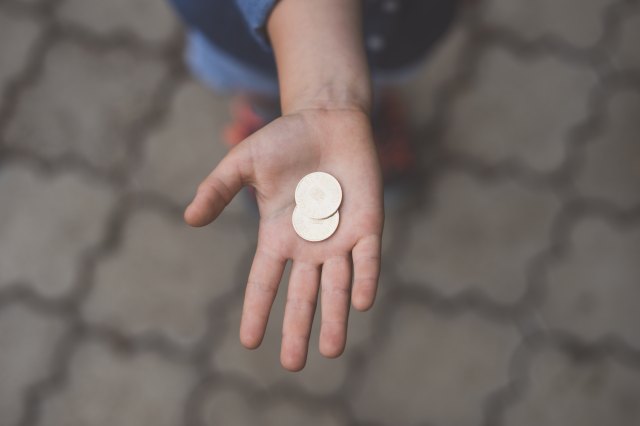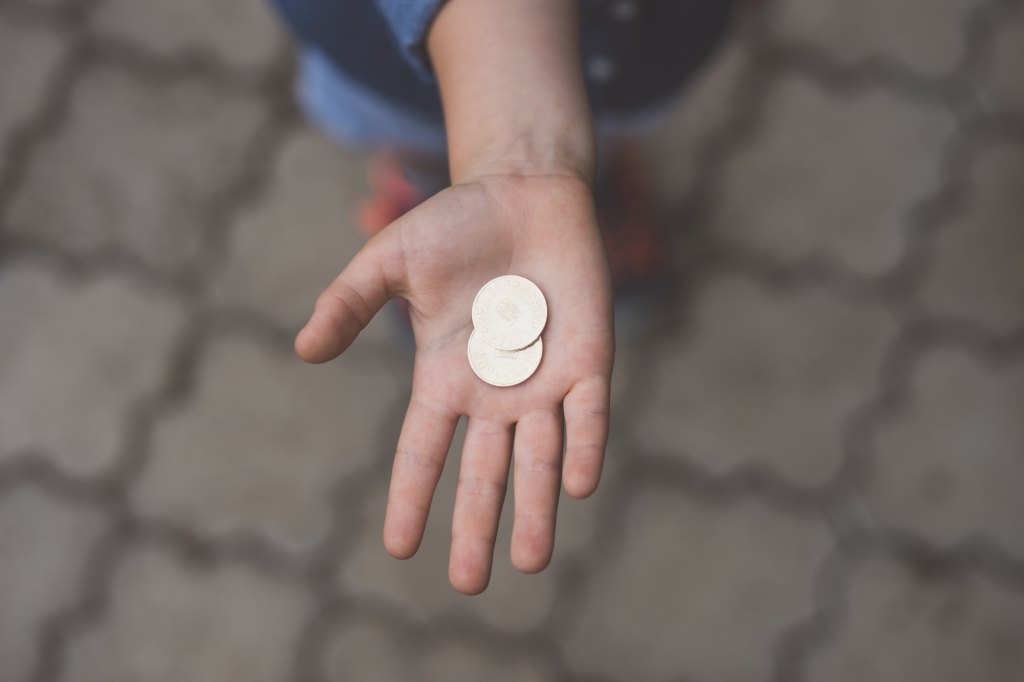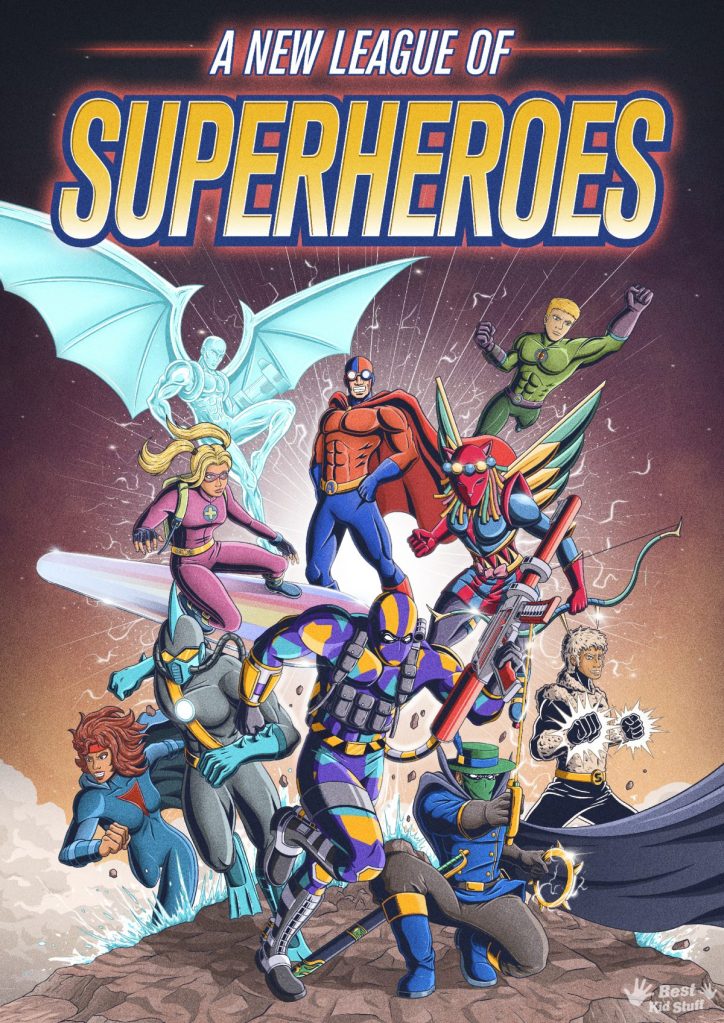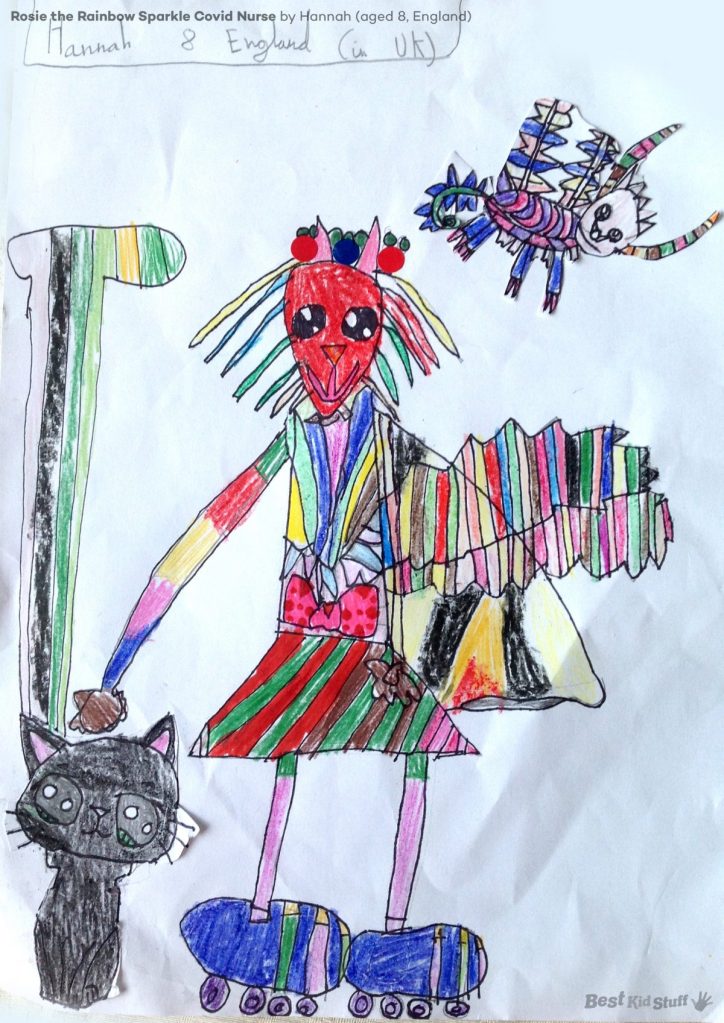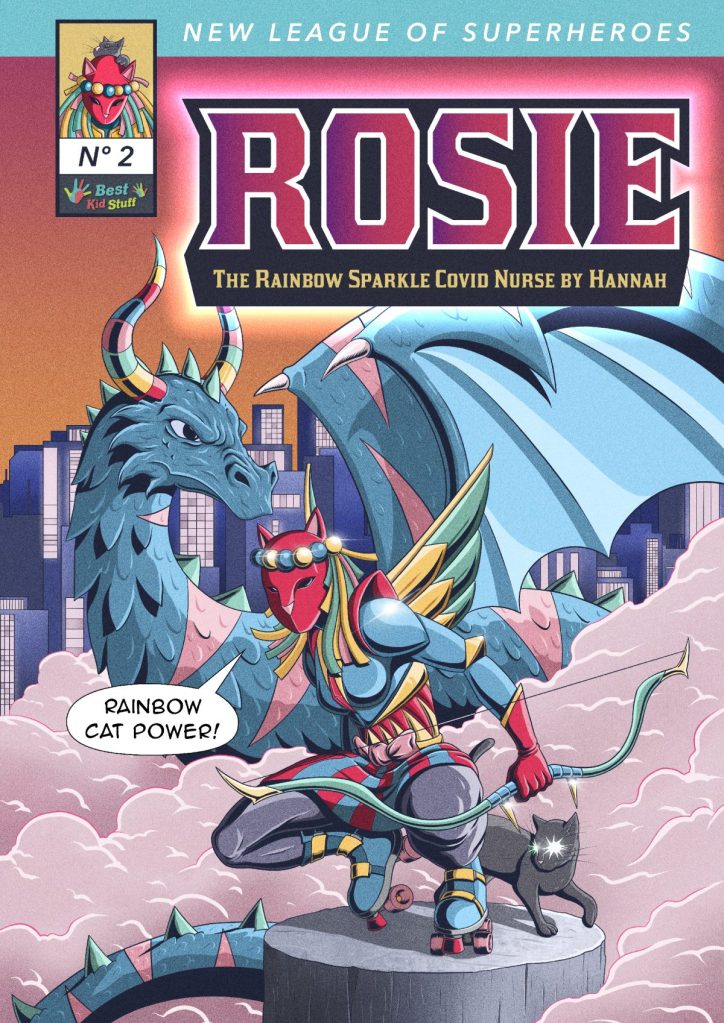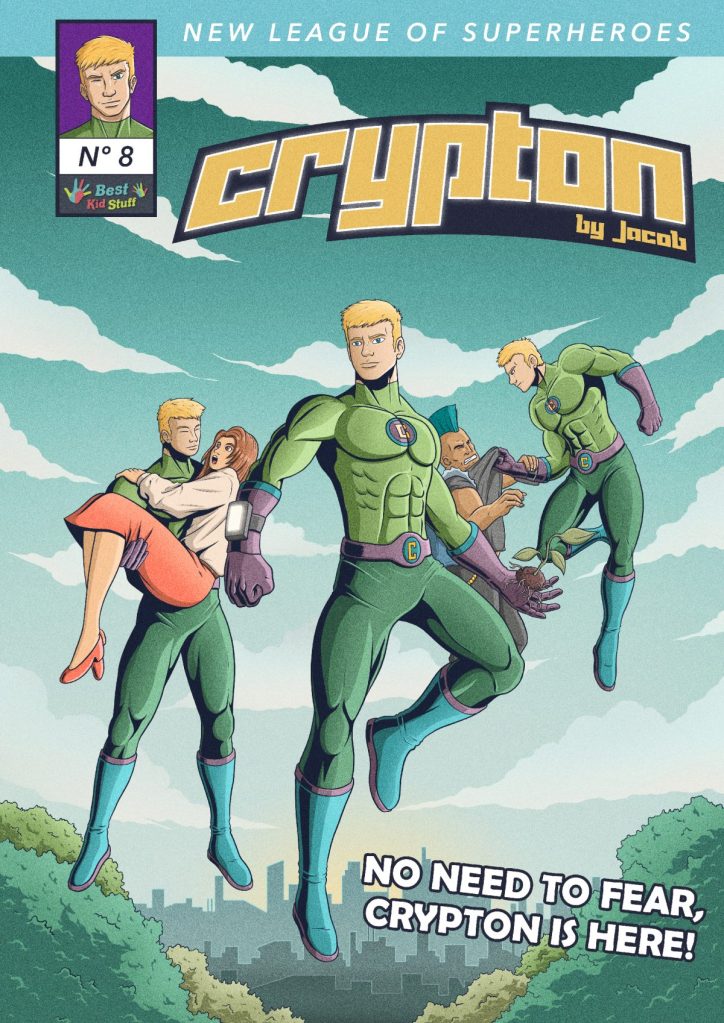
The shift in mindset for new parents is palpable at the beginning—planning for their future can often become your central focus. The sudden feeling of urgency to tackle financial planning to support your children amid sleepless nights can be overwhelming. Add it to the never-ending list of tasks that comes with kids! It can be paralyzing—especially after the year we had in 2020, which taught many of us that our financial futures can be uncertain. Life insurance, retirement, college savings, rainy day funds, emergency medical…the list of investments that seem immediate and necessary are dizzying.
It can be difficult to know how to prioritize all of these things, and I often get asked by new parents how to juggle all of the financial decisions facing their families. I’m asked all the time: “Is it possible to save for retirement and college for my kids?” With careful financial planning, it’s possible to achieve multiple goals, including retirement and funding college.
When it comes to prioritizing these goals, I tell parents that it’s important to put on your own oxygen mask first—in other words, make sure you’re maxing out your retirement accounts first before putting money aside for college education. Being financially independent and giving yourself the best chance for a secure future is one of the best gifts you can give your kids, and it models great money management. And remember, you can take out loans for college if you really need them, but you can’t take out a loan for your own retirement. When it comes to college planning, the interest rates for federal student loans—the types of loans your children might take out if they need to—are usually less than what you can make by putting your money in retirement investments.
Once you’ve maxed out your own retirement accounts, the next question is often: What’s the best way to start saving for my child’s college education expenses?
Here are 4 tips for saving for college while also keeping your other financial priorities, like retirement, on track:
1. Clearly Define Your Retirement & College Savings Goals
One of the first steps to coming up with a good plan to fund both your own future and your kid’s future is clearly defining your goals. After all, how do you know how much you can put toward your child’s future if you don’t know how much you need for your own? It’s important to understand what kind of retirement you want, and how much you’ll need to support the lifestyle you want. Pick a date, track your budget, know your cash flow, and remember to always look at your finances in a “big picture” way. Then you can back out into how much you’d like to contribute to future education expenses and establish some realistic savings goals.
2. The Early Bird Catches the Worm
If your own financial situation is on track (you’re maxing out your retirement accounts, you’ve eliminated any high-interest debt, and you have a healthy emergency fund), the earlier you can start socking away some funds for your child’s education, the better. Saving early will allow more time for potential growth on your investments. This can be as little or as much as you want—don’t let the amount hold you back. It might not be easy to start putting money away initially because you may be balancing higher up-front costs as new parents, such as new medical needs, financing a family-friendly vehicle, and paying for daycare costs. However, the earlier you start, the more time your savings will have to grow before paying that first tuition bill.
3. Know Your Options
While college savings plans abound, keeping savings and investment strategies simple with a low point of entry often works best as a place to start. This is why 529 plans are so popular — Most plans offer valuable tax benefits and can be an attractive option for more “hands-off” investors (assuming an aged-based option is available). But there are tradeoffs to be aware of—sometimes these plans can come with high fees and often you’ll have minimal control over the investment strategy. But they can be a great option for many families, especially since they can now be used to cover primary and secondary school expenses in many cases. Other options include custodial accounts such as UTMA/UGMA accounts, and IRAs (Roth and Traditional). What’s best for your family will depend on your personal situation and goals, so make sure you do your research before choosing.
4. Consider a Financial Advisor
There’s a lot to think about when it comes to saving for your family’s future. There’s also a lot of conflicting information out there on the internet and it can make taking on these complex financial planning decisions seem quite difficult. Many people choose to work with a financial advisor to help them navigate these decisions and reduce some of the stress involved in doing everything themselves. If this is a route you choose to go, look for an advisor who is a fiduciary—which means that they are legally bound to always act in your best interest. Also, try to avoid any advisor or firm operating on commission—you don’t want to be sold on investment products or plans that aren’t right for you.
In short, it’s definitely possible to save for your child’s future without sacrificing your own, and it doesn’t necessarily have to be complicated. If you start early, prioritize your own financial security first, and choose the right method of saving for your situation, you’re well on your way to the future you envision.









